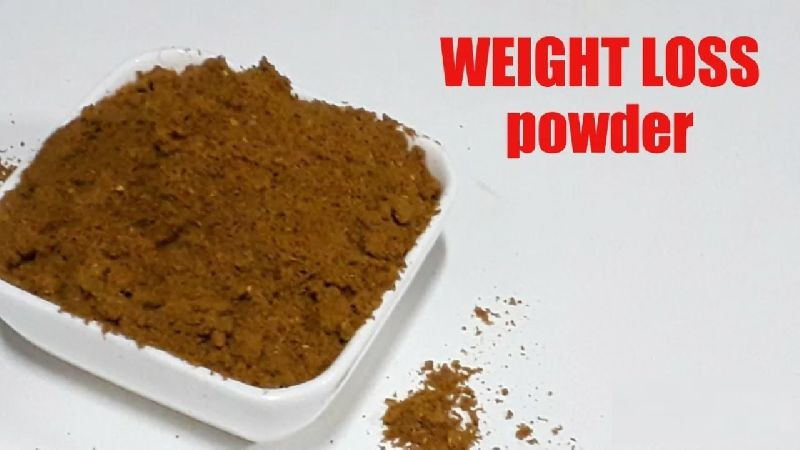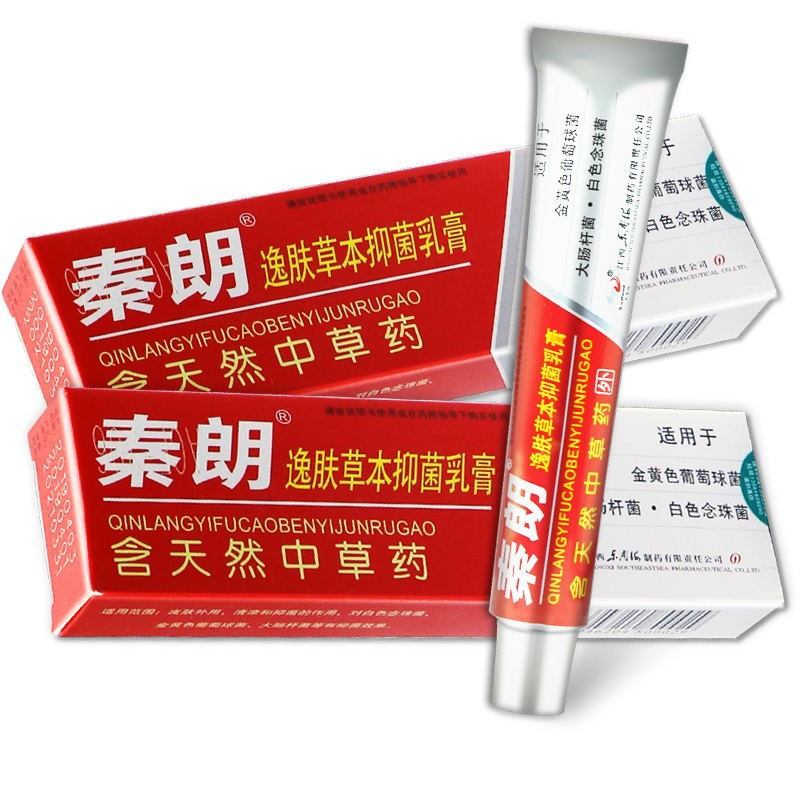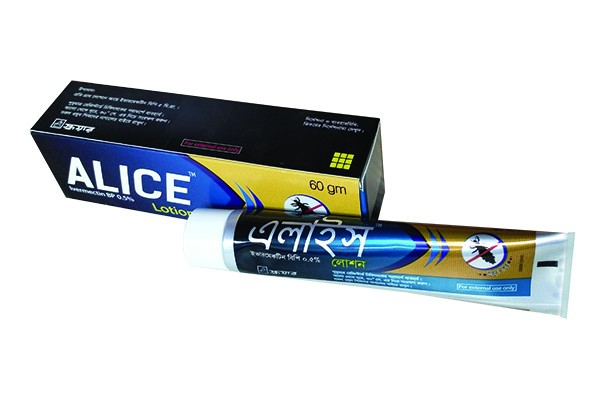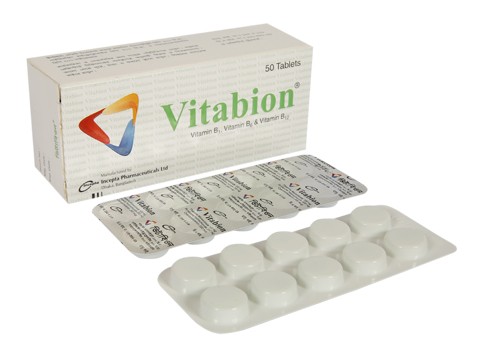Indications
Moderately emetogenic cancer chemotherapy- prevention of acute and delayed nausea and vomiting associated with initial and repeat courses
Highly emetogenic cancer chemotherapy- prevention of acute nausea and vomiting associated with initial and repeat courses
Prevention of postoperative nausea and vomiting (PONV) for up to 24 hours following surgery. Efficacy beyond 24 hours has not been demonstrated.
Therapeutic Class
Anti-emetic drugs
Pharmacology
Nausea and Vomiting is usually produced by chemotherapeutic agents by releasing serotonin from the enterochromaffin cells of the small intestine.The released serotonin (5-HT) then activates 5-HT3 receptors located on vagal afferents to initiate the vomiting reflex. Postoperative nausea and vomiting is influenced by multiple patient, surgical and anesthesia related factors and is triggered by release of serotonin (5-HT) in a cascade of neuronal events involving both the central nervous system and the gastrointestinal tract. The 5-HT3 receptor has been demonstrated to selectively participate in the emetic response. Palonosetron is a 5-HT3 receptor antagonist with a strong binding affinity for this receptor and little or no affinity for other receptors. So by binding with this receptor palonosetron inhibits binding of serotonine to this receptor and also inhibits vomiting reflux.
Dosage
Chemotherapy-Induced Nausea and Vomiting: Dosage for Adults- a single 0.25 mg I.V. dose administered over 30 seconds. Dosing should occur 30 minutes before the start of chemotherapy. Alternatively 0.5 mg tablet approximately 1 hour before the start of chemotherapy.
Postoperative Nausea and Vomiting: Dosage for Adults- a single 0.075 mg I.V. dose administered over 10 seconds immediately before the induction of anesthesia. In case of 0.5 mg tablet, dose should be determined by the physician.
Administration
Instructions for I.V. Administration-
It should not be mixed with other drugs
Flush the infusion line with normal saline before and after administration
Parenteral drug products should be inspected visually for particulate matter and discoloration before administration
Interaction
In vitro studies indicated that Palonosetron is not an inhibitor of CYP1A2, CYP2A6, CYP2B6, CYP2C9, CYP2D6, CYP2E1 and CYP3A4/5 (CYP2C19 was not investigated) nor does it induce the activity of CYP1A2, CYP2D6, or CYP3A4/5. Therefore, drug interactions with Palonosetron appears to be low. In controlled clinical trials, Palonosetron injection has been safely administered with corticosteroids, analgesics, antiemetics/ antinauseants, antispasmodics and anticholinergic drugs. Palonosetron did not inhibit the antitumor activity of the five chemotherapeutic agents tested (cisplatin, cytarabine, doxorubicin and mitomycin C) in murine tumor models.
Contraindications
Palonosetron is contraindicated in patients known to have hypersensitivity to the drug or any of its components. Hypersensitivity reactions may occur in patients who have exhibited hypersensitivity to other selective 5-HT3 receptor antagonists.
Side Effects
The most common adverse reactions of Palonosetron in chemotherapy-induced nausea and vomiting are headache and constipation.
The most common adverse reactions of Palonosetron in postoperative nausea and vomiting are QT prolongation, bradycardia, headache and constipation.
Pregnancy & Lactation
US FDA Pregnancy category B. It is not known whether Paloxiron is excreted in human milk.
Precautions & Warnings
For IV administration only. Not for intradermal, subcutaneous, or IM administration.
Do not administer if particulate matter, cloudiness, or discoloration is noted.
Discard any unused solution. Do not save unused solution for later administration.
Do not mix with other medications.
Use in Special Populations
Pediatric Use: Safety and effectiveness in patients below the age of 18 years have not been established. However different clinical trial shows Palonosetron is well tolerated and effective from one month of age.
Geriatric Use: Pharmacokinetics analysis did not reveal any differences in Palonosetron pharmacokinetics between patients ≥ 65 years of age and younger patients (18 to 64 years)
Renal Function Impairment: No dosage adjustments are needed with any degree of renal function impairment.
Hepatic Function Impairment: No dosage adjustments are needed with any degree of hepatic function impairment.
Elderly: No dosage adjustments or special monitoring are needed in elderly patients.
Reconstitution
Intravenous:
Nausea and vomiting associated with cancer chemotherapy: Physically and chemically stable at concentrations of 5 and 30 mcg/ml in glucose 5%, sodium chloride 0.9%, glucose 5% in lactated Ringer’s for at least 48 hr at room temperature, exposed to light and for 14 days under refridgeration.
Storage Conditions
Store at controlled temperature of 20-25°C (68°F-77°F). Protect from light and protect injectable from freezing.









